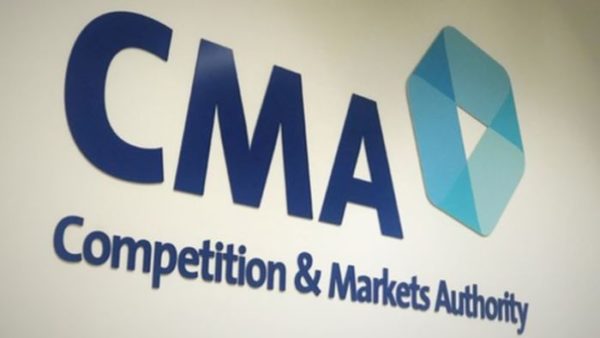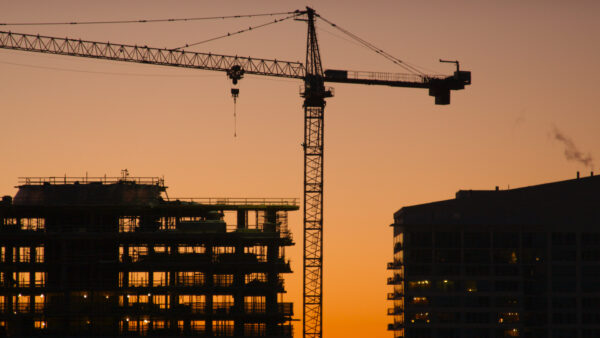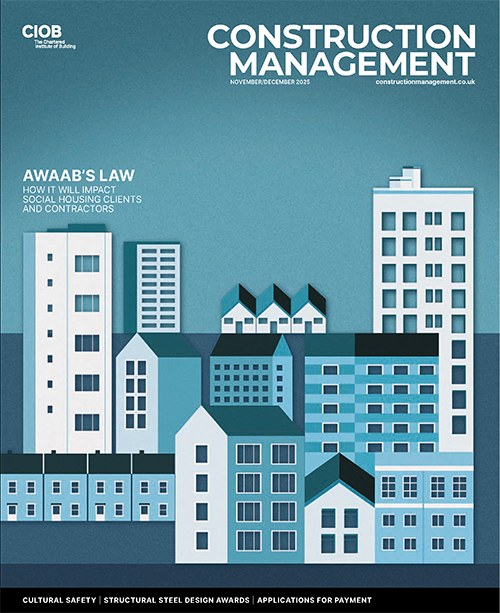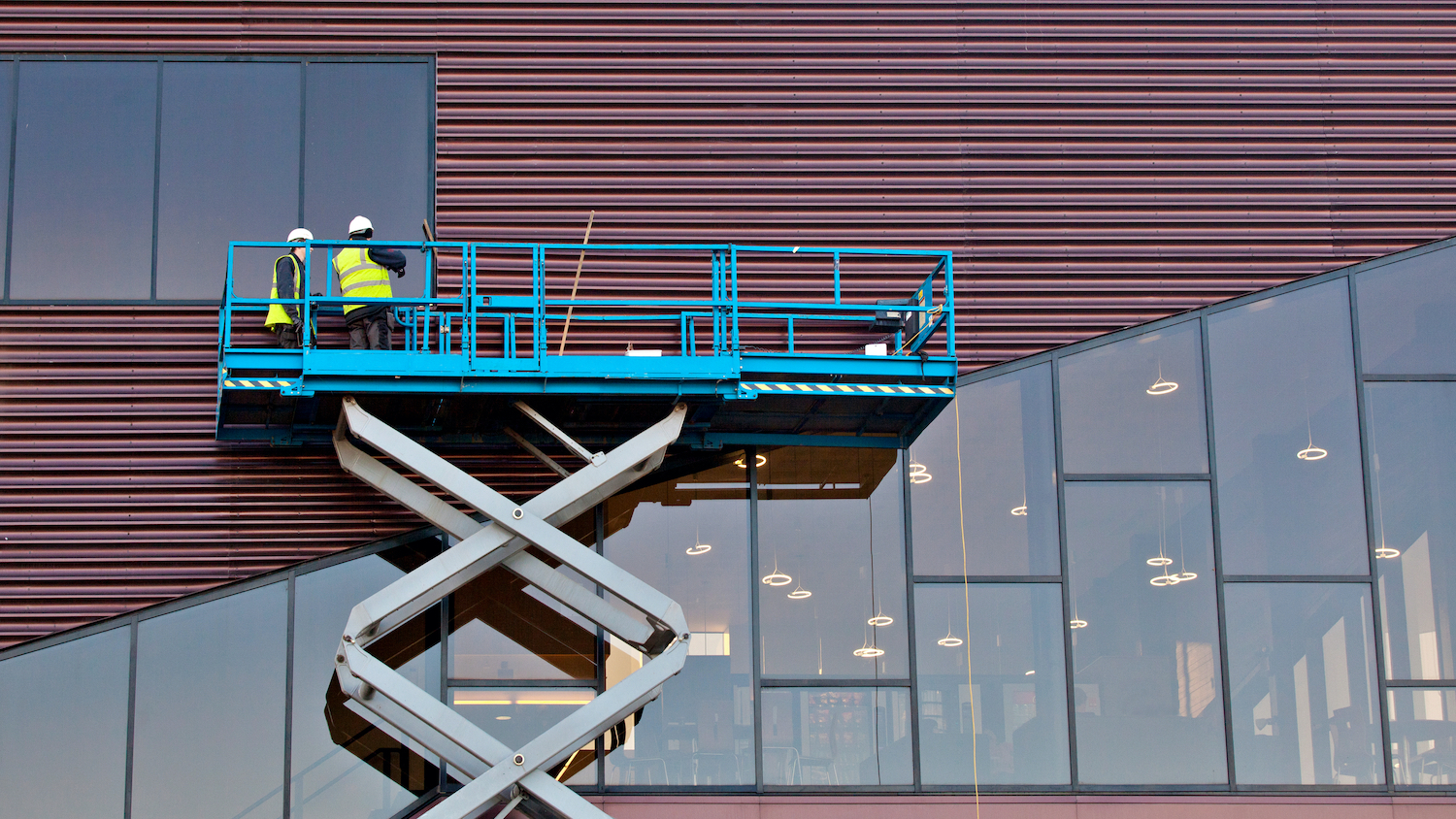From 27 October 2025, social landlords are legally obliged to investigate and remedy issues reported by their tenants within fixed time limits.
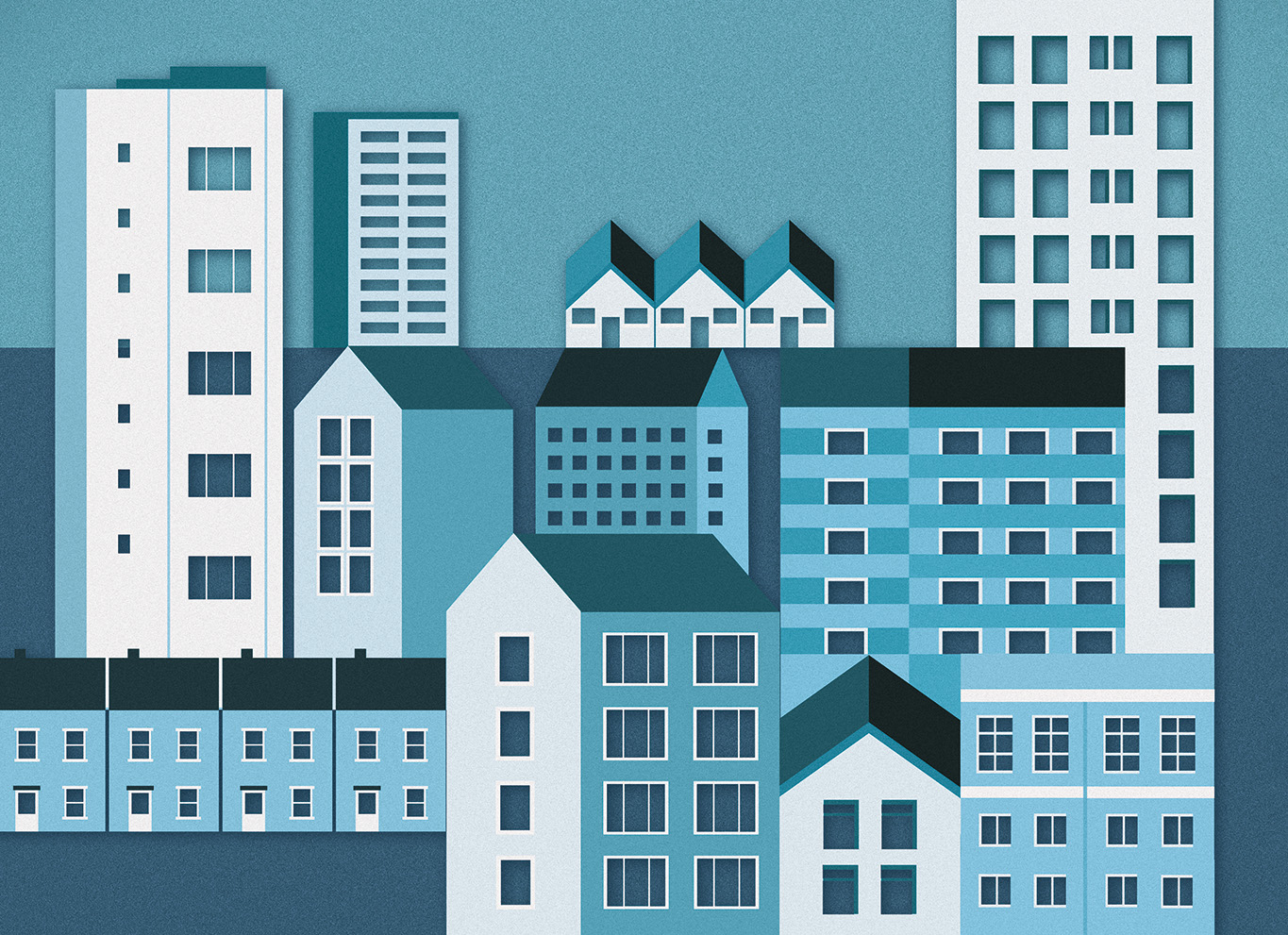
Social landlords and contractors “must act now” to ensure their systems, training and resources meet the new legal duties introduced by Awaab’s Law, an expert has warned.
Professor Mike Parrett FCIOB, a consultant building pathologist and author of a new RICS consumer guide to help manage damp and mould, said that contractor readiness “will be key” to comply with the regulations.
“Clear communication channels, escalation procedures and evidence-based reporting must be in place to demonstrate compliance,” Parrett told CM. “Failure to prepare risks not only reputational damage but also potential regulatory intervention.”
Checklist for contractors and social landlords
Review and update policies.
Ensure that repair and complaints policies specifically include statutory timeframes for damp and mould investigations and remediation. Policies should show clear escalation pathways for urgent cases.
Strengthen frontline training.
Train housing officers, call handlers and repairs teams to spot health-critical signs of damp and mould, categorise risks correctly and trigger immediate inspections.
Audit contractor capacity: confirm that contractors and in-house teams have the skills, materials and resources to deliver both short-term safety measures and permanent building pathology solutions.
Establish monitoring and evidence systems: implement robust record-keeping, photographic evidence and follow-up checks. Systems must provide audit trails proving that landlords acted within statutory deadlines.
Engage proactively with tenants: introduce proactive communication about progress, expected timescales and prevention guidance. Transparency will reduce complaints and demonstrate compliance.
Source: Professor Michael Parrett FCIOB
The first phase of Awaab’s Law focuses on damp, mould and other emergency hazards. It is named after Awaab Ishak, a two-year-old boy who died in 2020 of health complications linked to mould exposure at his Rochdale home.
The law will expand its scope in 2026. By 2027, it will apply to almost all Housing Health and Safety Rating System category 1 hazards, except for overcrowding. Failure to comply can result in fines, regulatory enforcement and legal action.
‘A real improvement opportunity’
“Social landlords and their contractors should have already reviewed their repair policies, workflows and capacity ahead of Awaab’s Law coming into force,” Parrett added. “This includes training frontline staff to identify signs of risk to health, strengthening diagnostic processes and ensuring contractors are equipped to deliver effective, lasting repairs.”
Rachael Williamson, director of policy, communications and external affairs at the Chartered Institute of Housing (CIH), said that the first phase of Awaab’s Law demands “faster and more consistent action on damp, mould and other serious hazards”.
“Residents must be able to trust their landlord to act quickly and effectively – which depends on clear systems, good communication and strong supply chain relationships, backed by the right data and resources,” Williamson told CM.
“CIH will support housing professionals with guidance and shared learning to embed the regulations in practice. This is a real opportunity to improve services and rebuild trust between residents, landlords and contractors.”
You can learn more about Awaab’s Law in this CPD on damp management.




